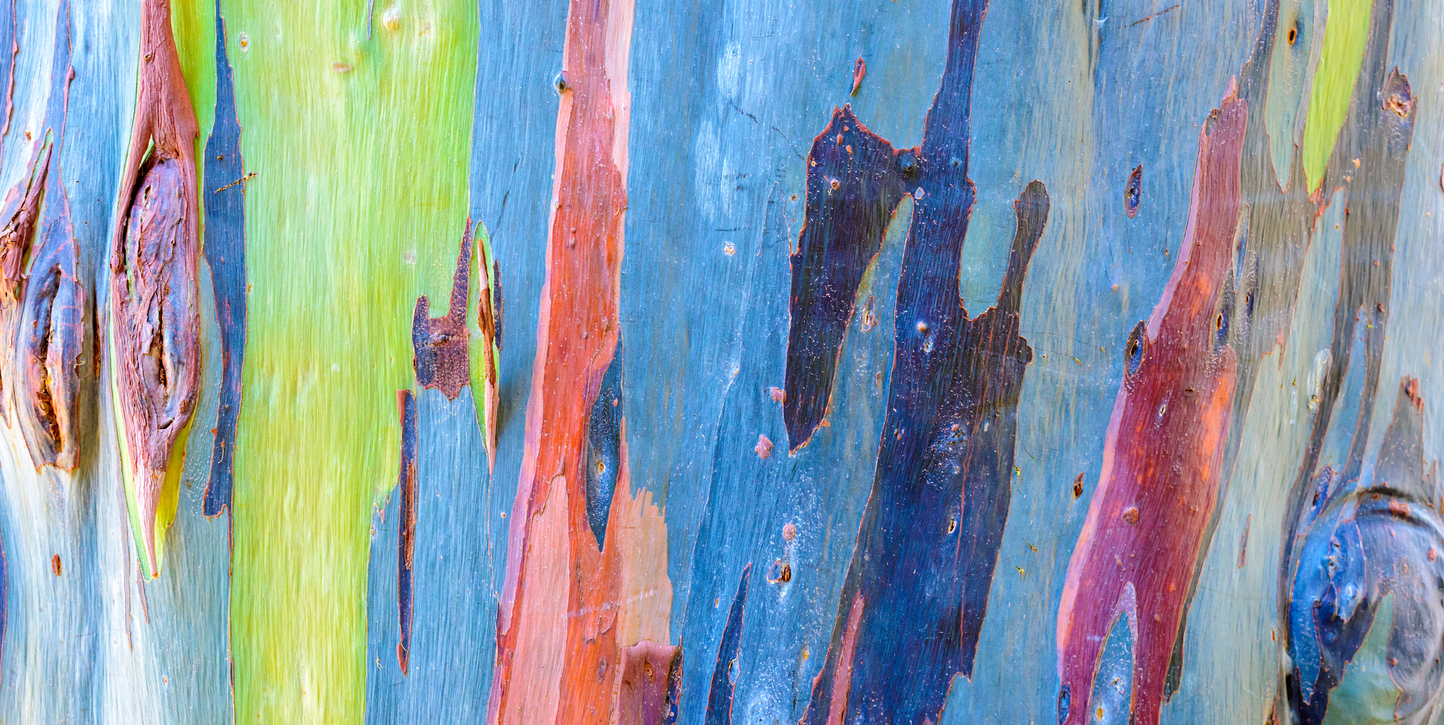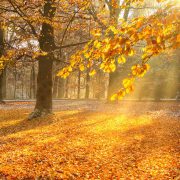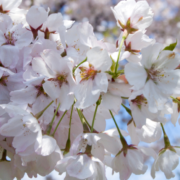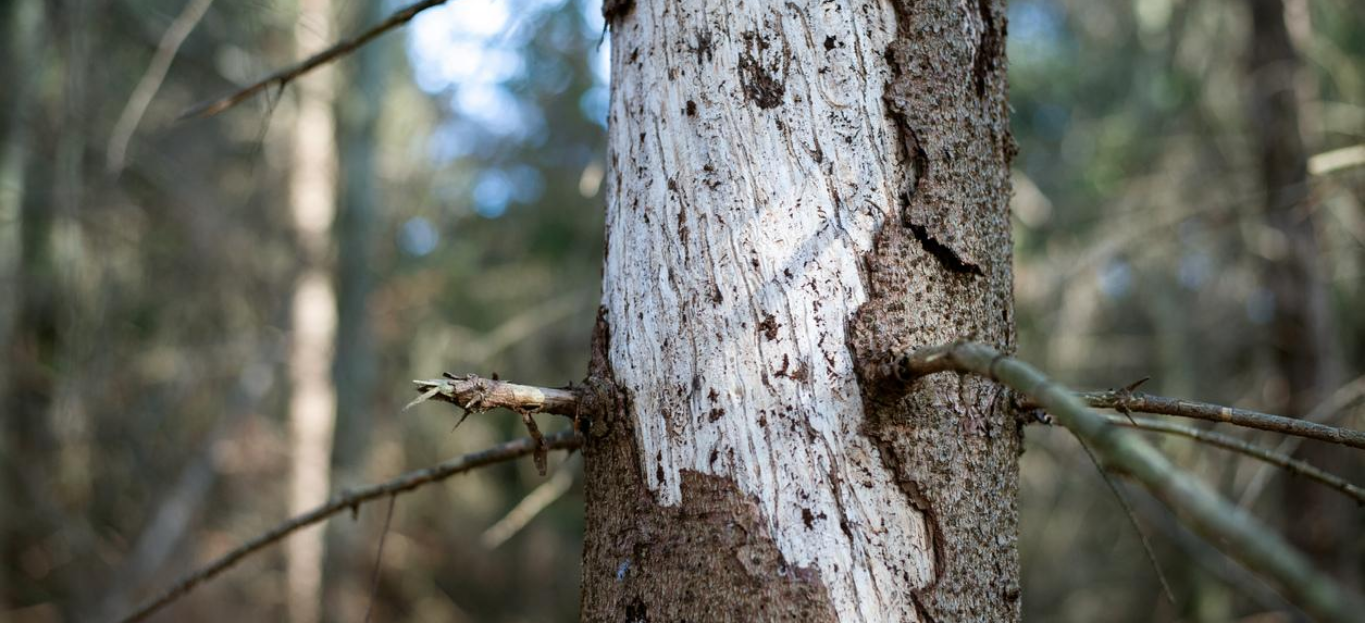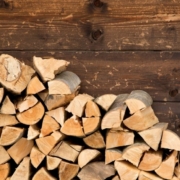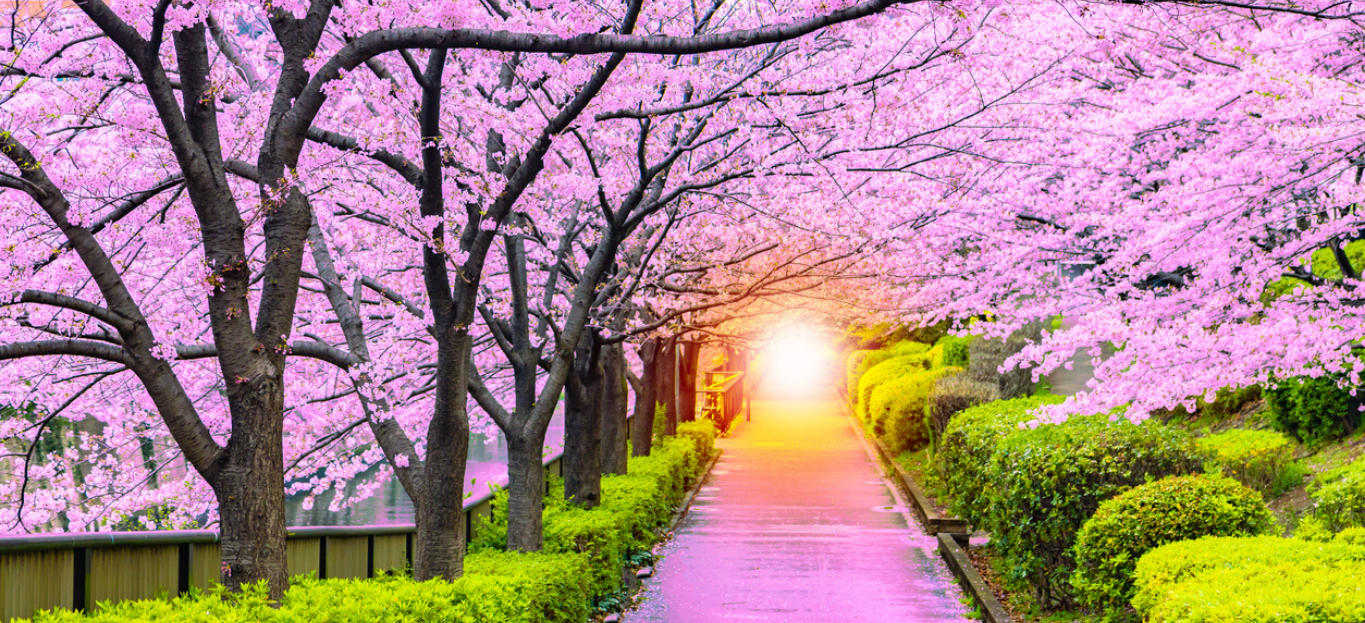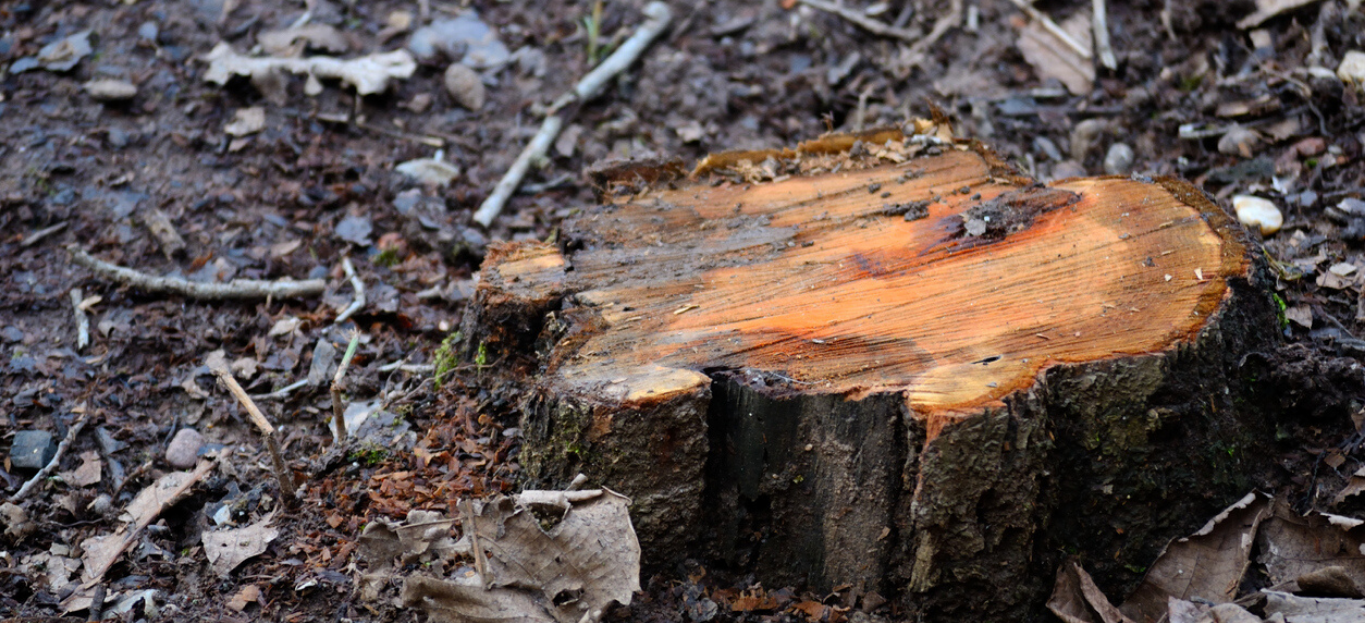Weird Tree Tour: Trees SO Toxic You Can’t Even Stand Under Them
In Georgia, we’re used to seeing never-ending pine trees, gorgeous Cherry Blossoms, or the occasional exotic example of bamboo or Japanese Maple. But, when it comes to toxic and unusual trees, we don’t have too many that are natural to our soils to showcase.
But that doesn’t mean they aren’t out there! There are countless species of trees across the world, each as unique and special as the one before. From actual tree skeletons in the Deadvlei desert to trees that can only grow over another type of tree, you think it up and it probably exists.
To celebrate all that nature can create, we’re diving into our five favorite weirdest trees that actually exist.
Baobab Tree, Adansonia

One of the most unique looking trees out there, the Baobab Tree can reach up to 98 feet tall with trunks that grow up to 36 feet in width. Needless to say, this tree gets huge. What makes it look even more interesting is that no branches stay low to the ground. The only branches and leaves you’ll find are at the very top.
An interesting fact about this tree: some were hollowed out and used as holding prison cells in the past. Though this practice has since been abandoned, you will only find these trees in Madagascar, Africa, and Australia.
Jaboticaba Tree, Plinia Cauliflora

What makes this tree one of our favorite unusual species is that its fruit grows everywhere. Not just on its limbs or attached to leaves but also all over its bark. If you came across it in a forest, it would look like giant balls of black are attached to the trunk, almost like the tree itself is leaking grapes. We also think the white blossoms that come from the fruit are strange, since they are often described as hairy.
Luckily, this fruit is not poisonous. Many people use the fruit to eat whole or to produce wine and juice. It’s native to Brazil and will create these strange fruits and flowers multiple times a year, if the conditions are right.
Manchineel Tree, Hippomane Mancinella
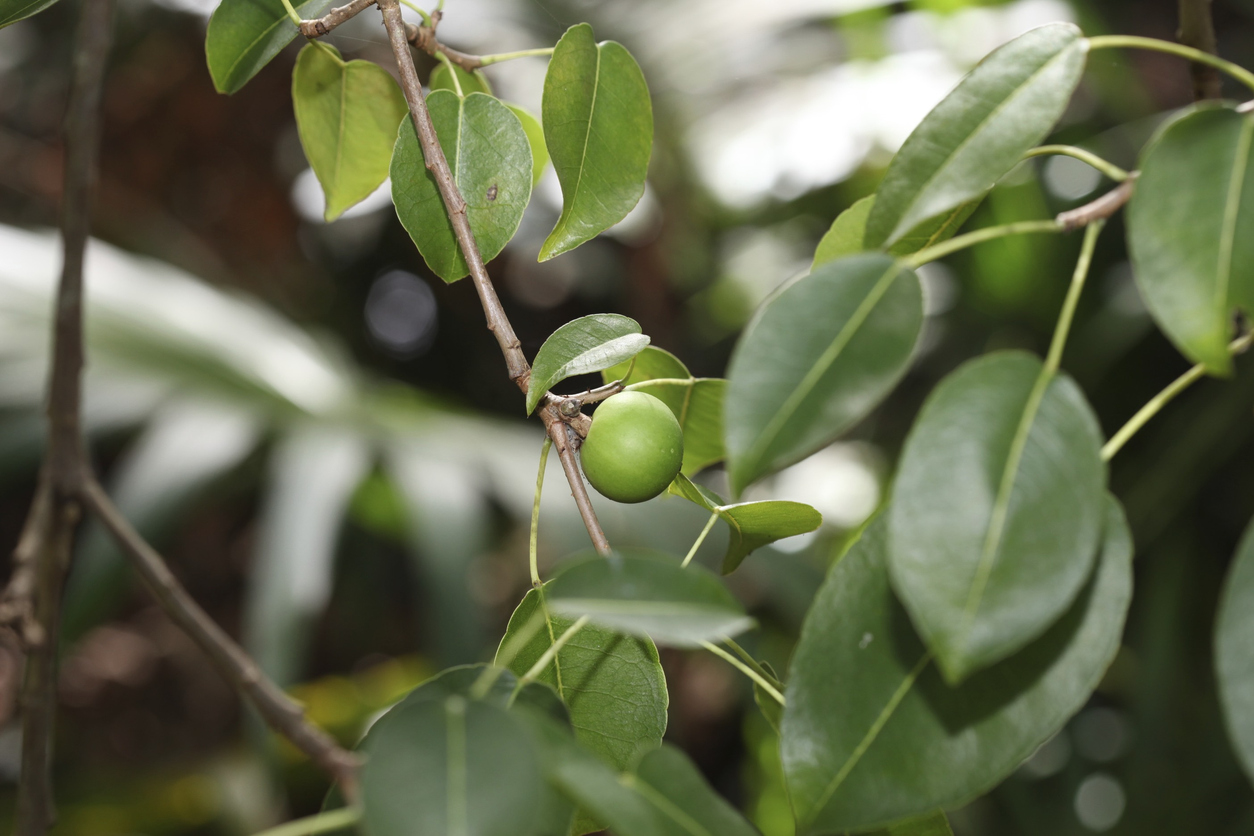
When we mentioned in the title a tree so toxic you can’t stand under it, this is the tree we were referring to.
Native to Central America, parts of South America, and southern areas of North America, this tree’s name is translated in Spanish to “the tree of death”. What makes it so bad? Everything that the tree produces is poisonous and can be fatal when ingested or even just touched. From the thick, milky sap that oozes out of every inch of this tree to the small, round fruit they produce, we aren’t kidding when we say that every single part of this tree is toxic. Even standing under the tree when it rains and dilutes the sap will not be safe.
Yet, the tree is still vital to its environment, and many people use the bark for furniture, once it’s been cleaned and proven safe of course.
Rainbow Eucalyptus Tree, Eucalyptus Deglupta
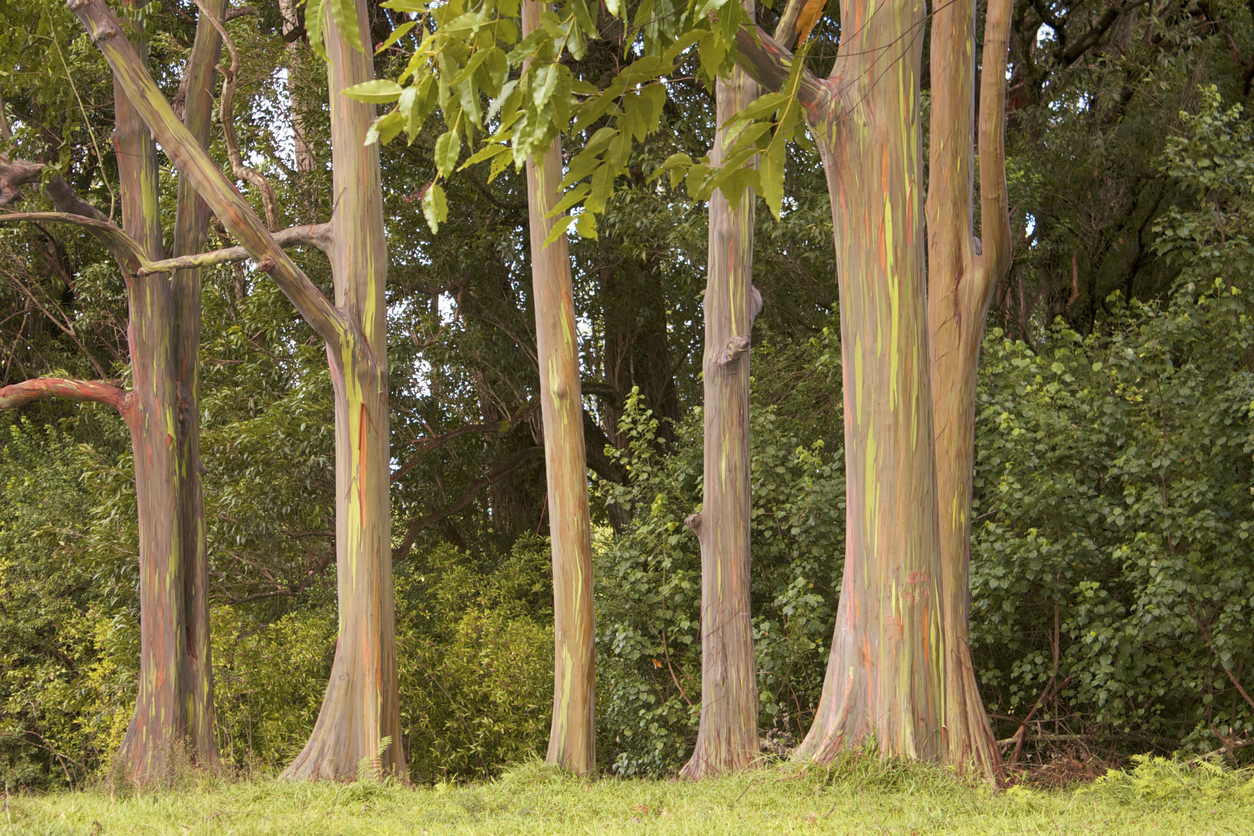
The prettiest out of the options we’ve chosen, the Rainbow Eucalyptus is a stunner of a tree. Why? It has rainbow bark! When the tree sheds its outer layer throughout the year, it reveals underneath bark that is red, blue, purple, and orange.
As the bark ages, it produces these colors at different stages. The youngest bark will be green while the oldest will be brown. Because the bark within the tree grows at irregular intervals, when it sheds what’s remaining often looks like a kaleidoscope or a rainbow.
This tree is native to the Philippines and is harvested in paper manufacturing.
Sandbox Tree, Hura Crepitans
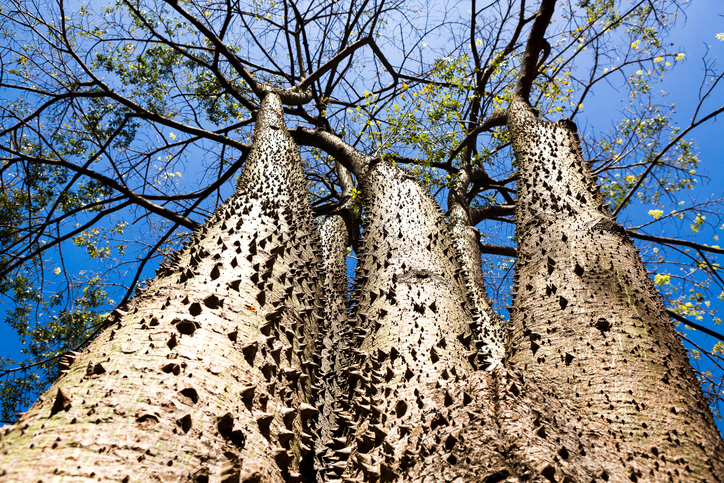
Considered one of the most dangerous trees in the world, this species can make literal explosions happen. It produces seeds that look like small pumpkins. However, once they harden and mature, they explode and shoot out more seeds, all in an effort to make more trees like it grow and spread. However, this explosion can cause speeds up to 150 miles per hour at distances of 60 feet. Needless to say, you don’t want to get in the way of those seeds.
The tree’s appearance looks dangerous too. It’s up-to-130-feet-tall trunk is covered in cone-shaped spikes. On top of that, the sap the tree produces is also poisonous.
Luckily, you won’t find any of these trees out in the wilds of Georgia. Still, you might want to save this knowledge in case you ever encounter a tree trivia question. If you have any more questions about the above weird species or want Premier Tree to assist you with your Georgia trees, reach out to us by clicking here or by giving us a call at 404-252-6448.

